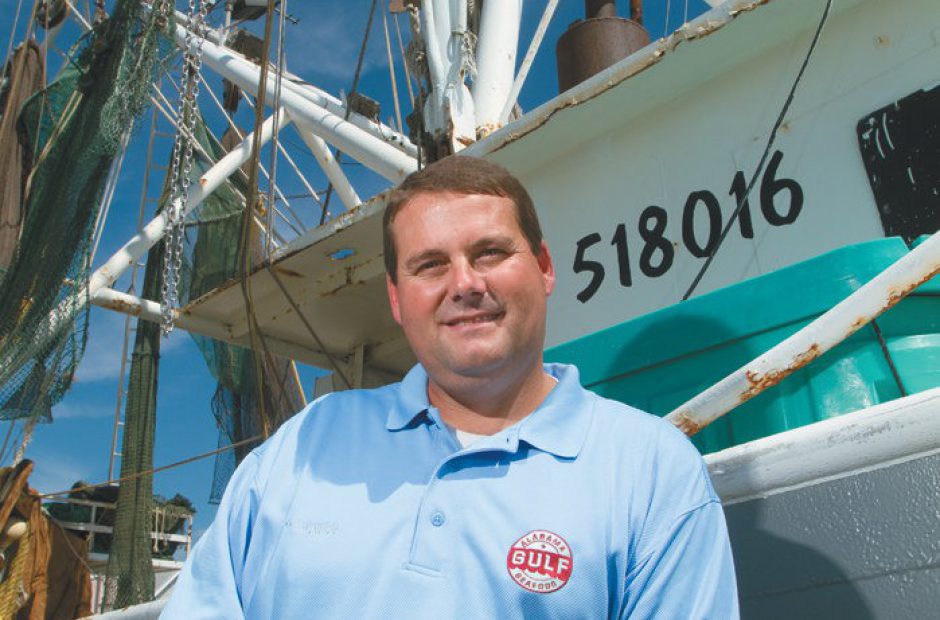


When you eat a lot of fresh seafood like we do on the Gulf Coast, you’re bound to have a few favorites.
Red Snapper. Grouper. Flounder. Mahi-Mahi. There are plenty of Alabama Gulf fish that you’re certain to see on most menus in seafood shacks and fine-dining establishments alike.
But in recent years, efforts have been made by chefs, wholesalers, and processors alike to increase awareness of and demand for “bycatch”—the “less desirable” species of Gulf fish that are caught in excess while fishing for other species. This also includes species that are not caught in large enough quantities to be on year-round menus.
The benefit isn’t just that these bycatch fish are very tasty (and trust us, they are). Bycatch sustainability will help keep existing fisheries of popular species more balanced and bountiful.
“In the past, before the sustainability movement was accepted by chefs, these great fish were just discarded,” said Chris Blankenship, Commissioner of the Alabama Department of Conservation and Natural Resources and Program Administrator for the Alabama Seafood Marketing Commission. “Any use of these underutilized species takes pressure off of fish like Red Snapper and Grouper that have federal fisheries quotas.”
There are several bycatch species that may appear on a restaurant menu or a market counter near you:
Barrelfish
Bearded Brotula
Bigeye Snapper
Grunt
Hake
Hardtail
Jack Crevalle
Lane Snapper
Rock Hind
Silk Snapper
Snowy Grouper
Tilefish
Vermillion Snapper
Of course, without adequate education and awareness, consumers won’t eat much of these bycatch species, and restaurateurs won’t serve them.
Thankfully, many Alabama chefs have become bycatch evangelists over the last decade. Chief among them is Chef Chris Sherrill of Orange Beach, who cofounded the N.U.I.S.A.N.C.E. Group with Chandra Wright, Director of Environmental and Educational Initiatives for the Lodge at Gulf State Park.
“I wanted to put my culinary talents toward something deemed ‘inedible’ and prove that it was,” said Sherrill. “If we help educate chefs and restaurateurs and diners that there are fish out there that are fantastic, and there’s confidence in serving them and confidence in eating them, then that takes the pressure off the more well-known species.”
There are processors getting involved as well to ensure that these species are given a fair shake when it comes to restaurant sales. Chief among them is Evans Meats in Birmingham, who began selling bycatch to restaurateurs eight years ago before the program got more serious about four years ago.
“We see bycatch becoming its own category of fish,” said Kirk Abernathy, purchaser with Evans Meats. “It’s a great and less expensive alternative to the more well-known species, and it allows fish that might not normally be used to be introduced to diners across the Southeast.”
Speaking of diners, the future of bycatch sustainability is in your hands, seafood lovers.
Of course, we don’t want to dissuade you from ordering your favorite fish when you’re at local restaurants, or from reeling in a few of your favorite species when you’re in Gulf waters. But if you commit to being a more adventurous eater when ordering Alabama Gulf Seafood, you’ll be supporting the waters that support our state.
And who knows—you might just discover your new favorite fish.
“I think that utilizing bycatch just makes sense,” said Chef Jim Smith, Chairman of the Alabama Seafood Marketing Commission. “The less wasteful we are with what the Gulf provides, the better off the Gulf will be in the long run.”